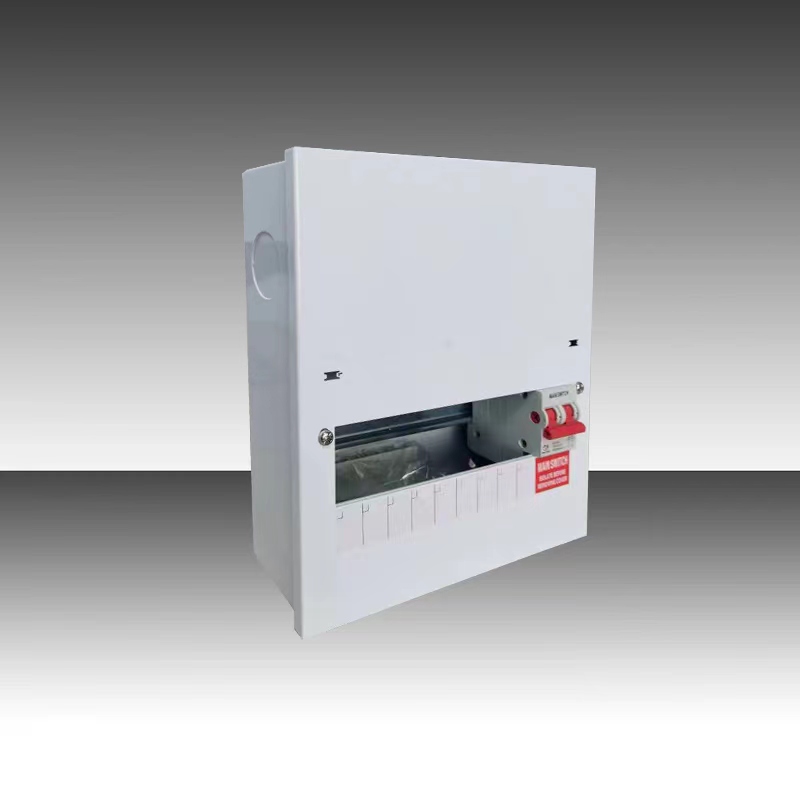A distribution board is a part of an electrical system that takes electricity from a main source and feeds it through one or more circuits to distribute the electricity throughout it. This is often called an electrical panel, panelboard, or distribution box ect. Virtually all house and business buildings will have at least one distribution board built in, which is located where the main electrical line enters the structure. The size of the board will depend on the amount of electricity coming in and how many different circuits need to be installed.
Distribution boards allow all your electrical equipment to operate safely throughout the entire area. You can, for example, install a small 16-amp (or 20-amp) circuit breaker into the distribution board to supply one area of the facility with the power it needs. This will only allow up to 16 amps (or 20-amp) of electricity to pass from the main electrical line into the area where it is used, which means that area can be serviced with smaller and less expensive wire. It will also prevent a surge (of greater than 15 or 20 amps) from entering equipment and potentially causing damage. That is the function of distribution board.
And if the areas that need more electricity, you could install circuit breakers that allow more electricity through. Having the ability to take one main circuit that provides 100 or more amps of power and distributing it throughout the board, based on how much power is needed in a given place is not only far safer than just having full access to the full amperage at all times, but it is also much more convenient. If, for example, there is a surge in one area, it will only trip the breaker on the distribution board for that one circuit. This prevents an electrical outage to other areas of the home or business。
Post time: Mar-09-2024


